Tag: cytology
-
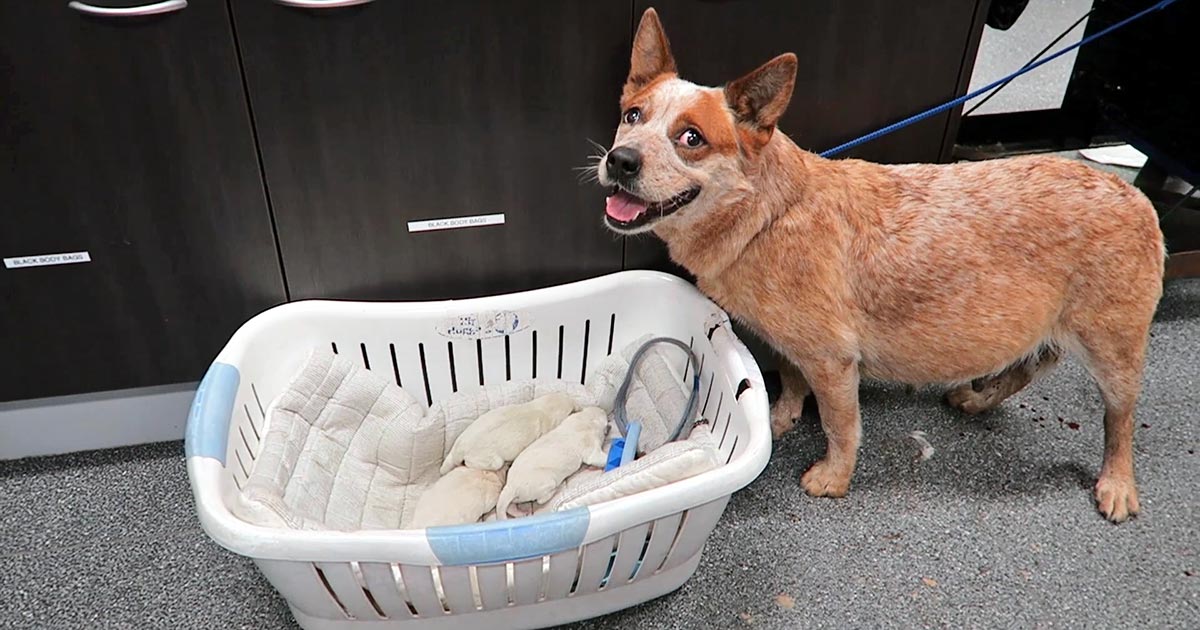
Dystocia, pt 1: labour stages
—
by
Now most female canine patients are spayed, it comes as no surprise reproductive emergencies are not as common. One confusion seems to be not knowing how to determine a true dystocia emergency – especially when given advice over the telephone – from the process of normal parturition. Another concern is how to confidently form a…
-
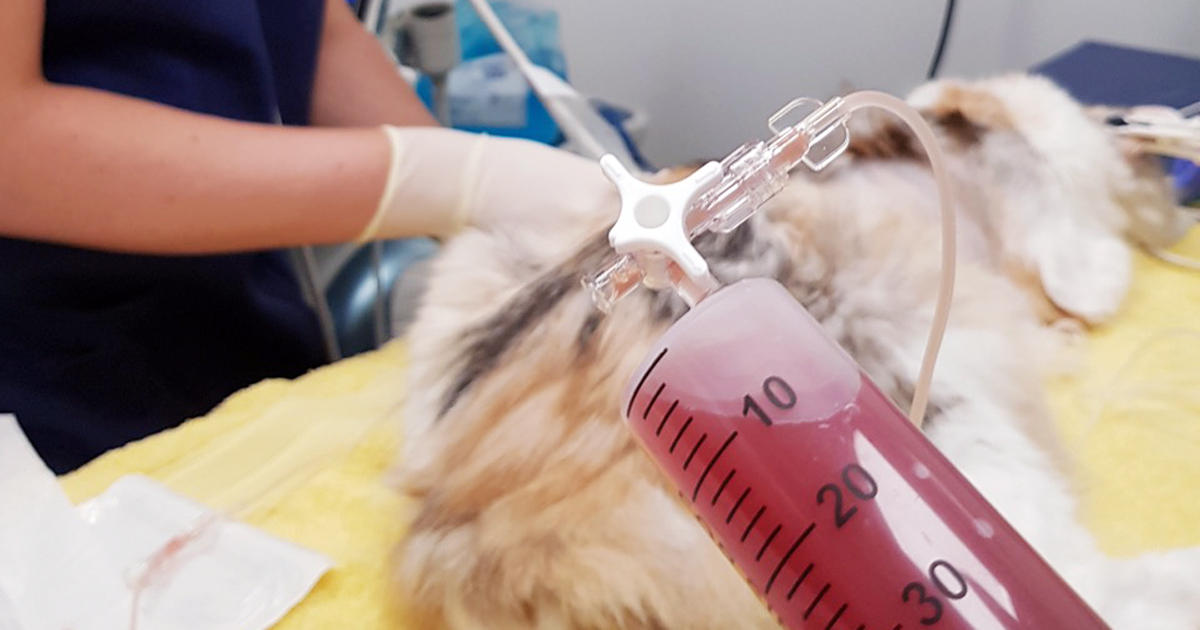
Thoracentesis, part 2: sample work
—
by
Last week we gave some hints and tips about how to perform a thoracocentesis. This week we look at what to do with the sample you collected and where to go to next. Looking at the sample is not enough, there are several things you need to do to make sure you are getting the…
-
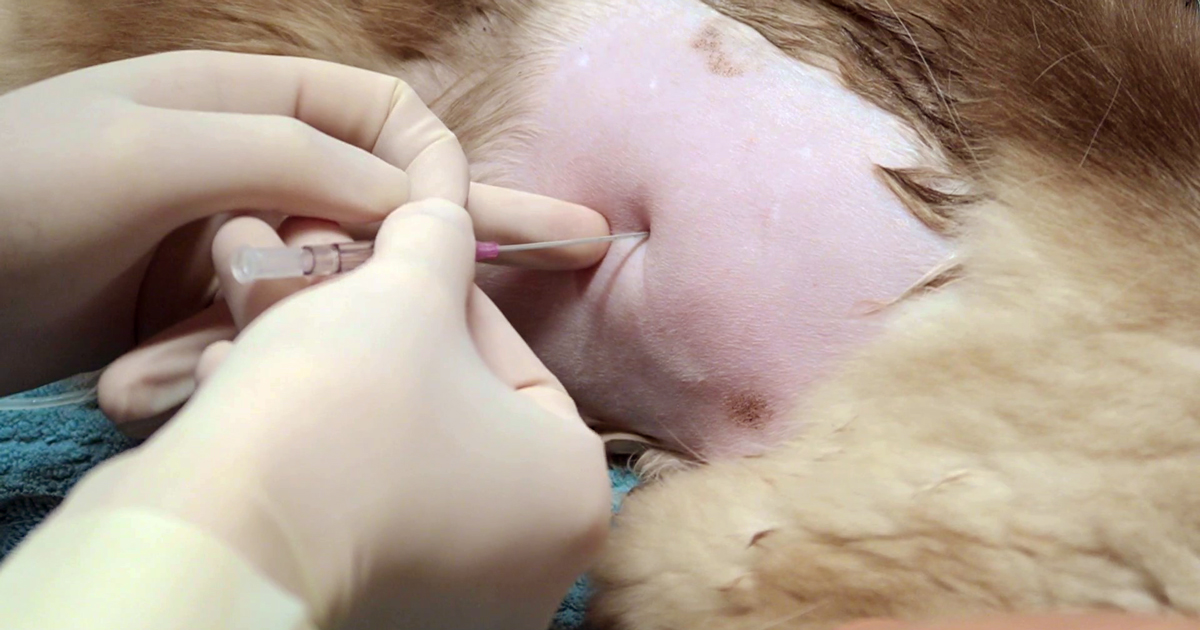
Thoracentesis, part 1: indications, equipment and protocol
—
by
Thoracentesis is a relatively straightforward and life-saving technique for seriously dyspnoeic animals with pleural space disease, and is a valuable diagnostic tool. Here are my tips for getting the most out of your approach to performing a thoracentesis. Indications Therapeutic – relieve respiratory distress caused by pleural effusions and pneumothorax. Diagnostics – cytological examination of…
-
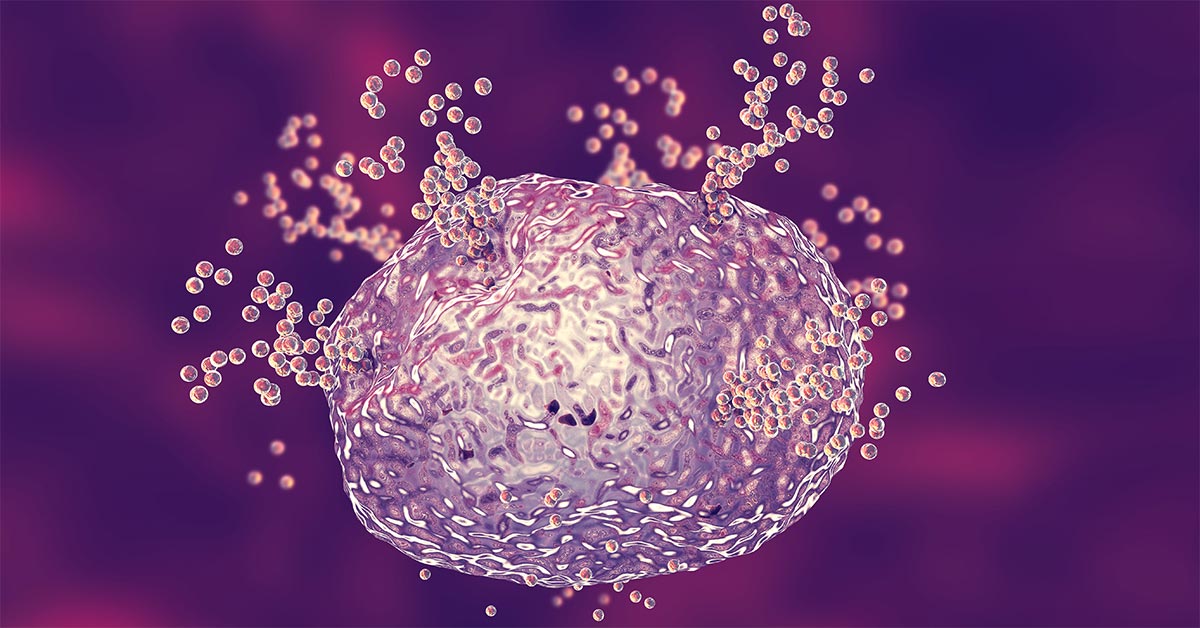
Mast cells, part 1: boom, boom, boom
—
by
Some cytologists love mast cells. They’re very distinctive – and there’s a lot to be said for finding something instantly recognisable and relatively simple to report at the end of a long day trying to work out if those macrophages are just too extreme, or getting frustrated at how difficult it can be sometimes to…
-

Lymphocytes, part 4: further tests (PARRty time)
—
by
I’m going to briefly touch upon three extra tests that can help to diagnose lymphoma or lymphoid leukaemia, at least in veterinary medicine. I say “briefly” because they are all complex and highly specialised procedures, all of which I obviously have absolute and full understanding of, but sadly don’t have space to discuss here. Oh…
-
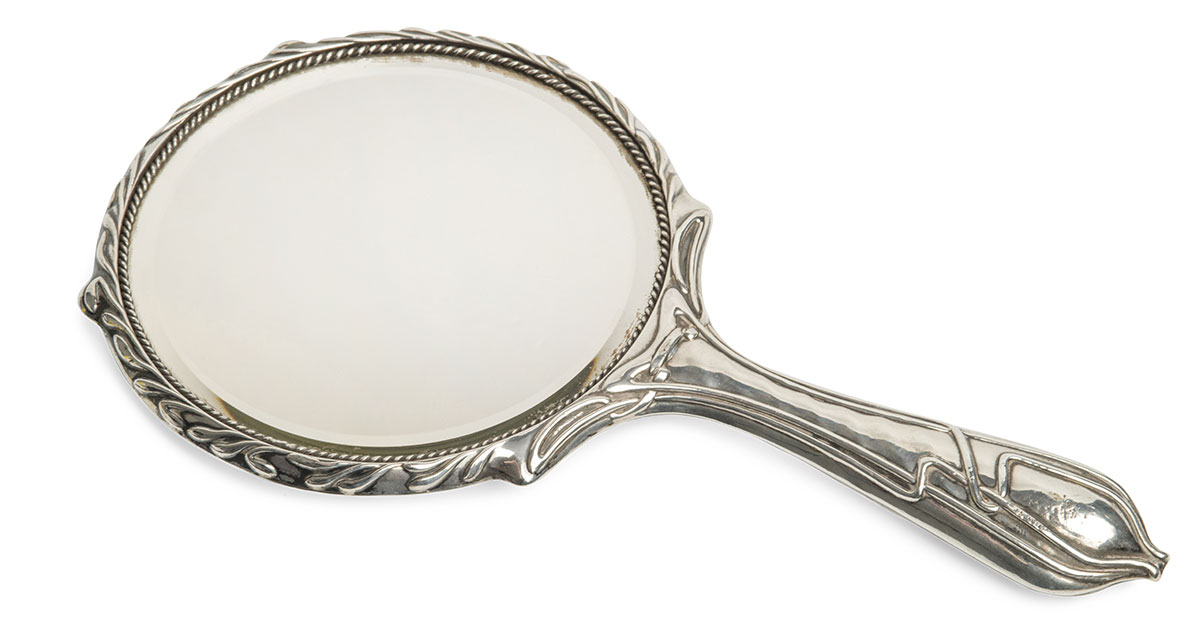
Lymphocytes, part 3: Jane Austen’s mirror
—
by
Last time I talked about what happens when lymphocytes circumvent the checks and balances of the immune system, and start cloning themselves faster than Emperor Palpatine’s army. Wanton replication with scant regard for other cells is essentially the definition of cancer – in this case lymphoma (if the cells form a solid mass in organs…
-

Lymphocytes, part 2: Attack of the Clones
—
by
Welcome back to lymphocyte talk. Now, sit still. Don’t fidget. We’re going to learn about what happens when lymphocytes go wrong. Last time, I likened lymphocytes to lovelorn Bridget Joneses, forever searching for the antigen that fits their unique receptor, and then (perhaps a bit less like Bridget Jones) trying to destroy them. They have…
-
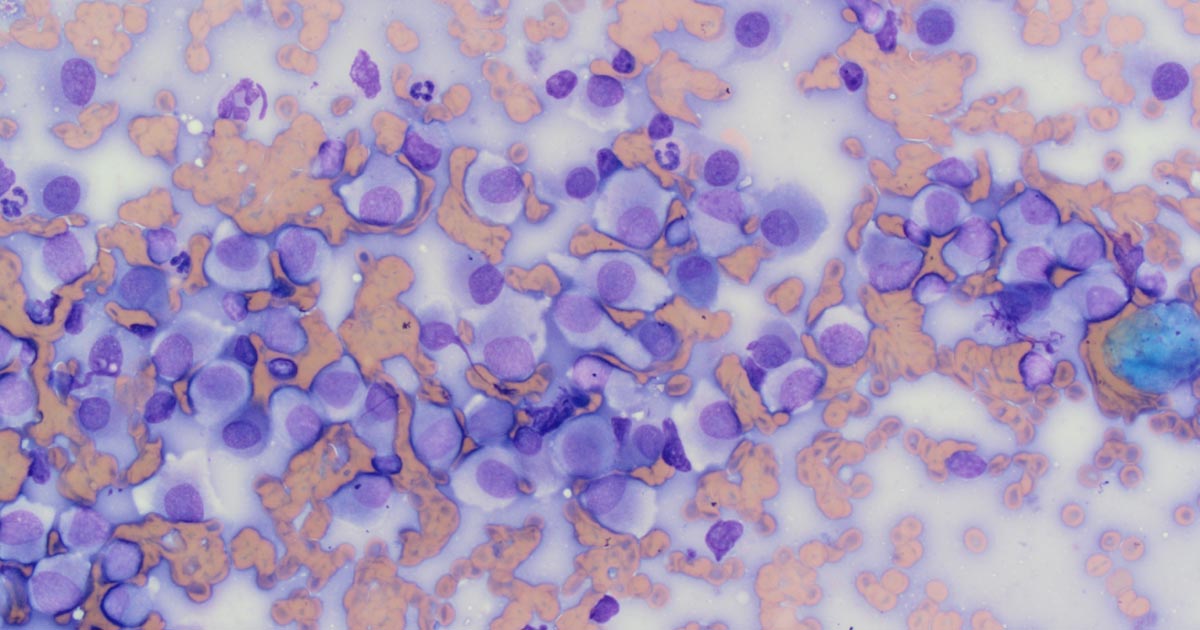
Types of tumour
—
by
I’ve talked about “The Big C” before, and how “cancer” – despite the fear the word induces – is a broad term for a wide variety of diseases that share a similar cause (uncontrolled cell division). As descriptive terms go, it’s not much more specific than “virus”. Today, I’d like to dig into that a…
-

The wonder of cells
—
by
Since starting a career in clinical pathology, I have seen a lot of strange and wonderful sights down my microscope… It’s like being given a window into weird new worlds – tiny battlegrounds of leukocytes, tumour cells and microorganisms, against a backdrop of cytokines, stroma and necrosis. It’s not quite Saving Private Ryan, but with…
-
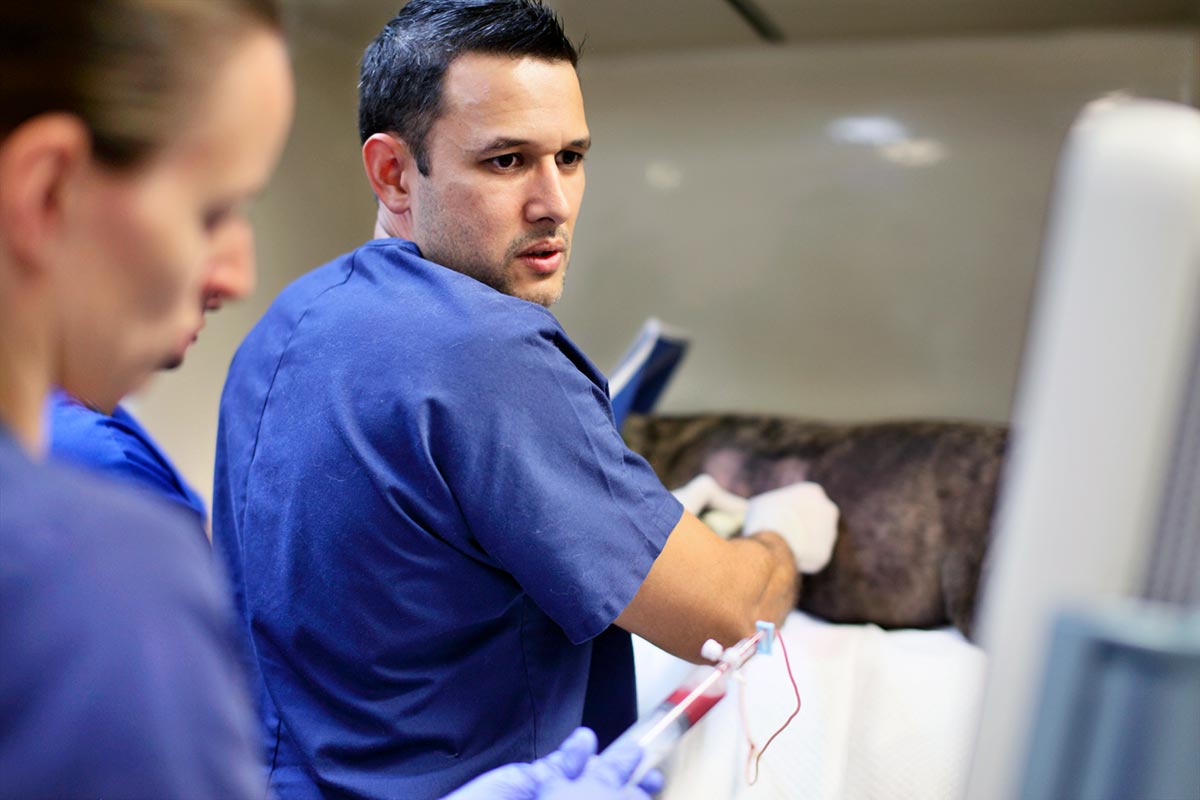
AFAST, part 2
—
by
Part one of this series looked at how to perform an abdominal focused assessment with sonography for trauma (AFAST) – this week looks at how to interpret abdominal fluid scores (AFS) in a clinical setting. To recap – the score is out of a possible 4, with each site allocated a 0 or 1 based…